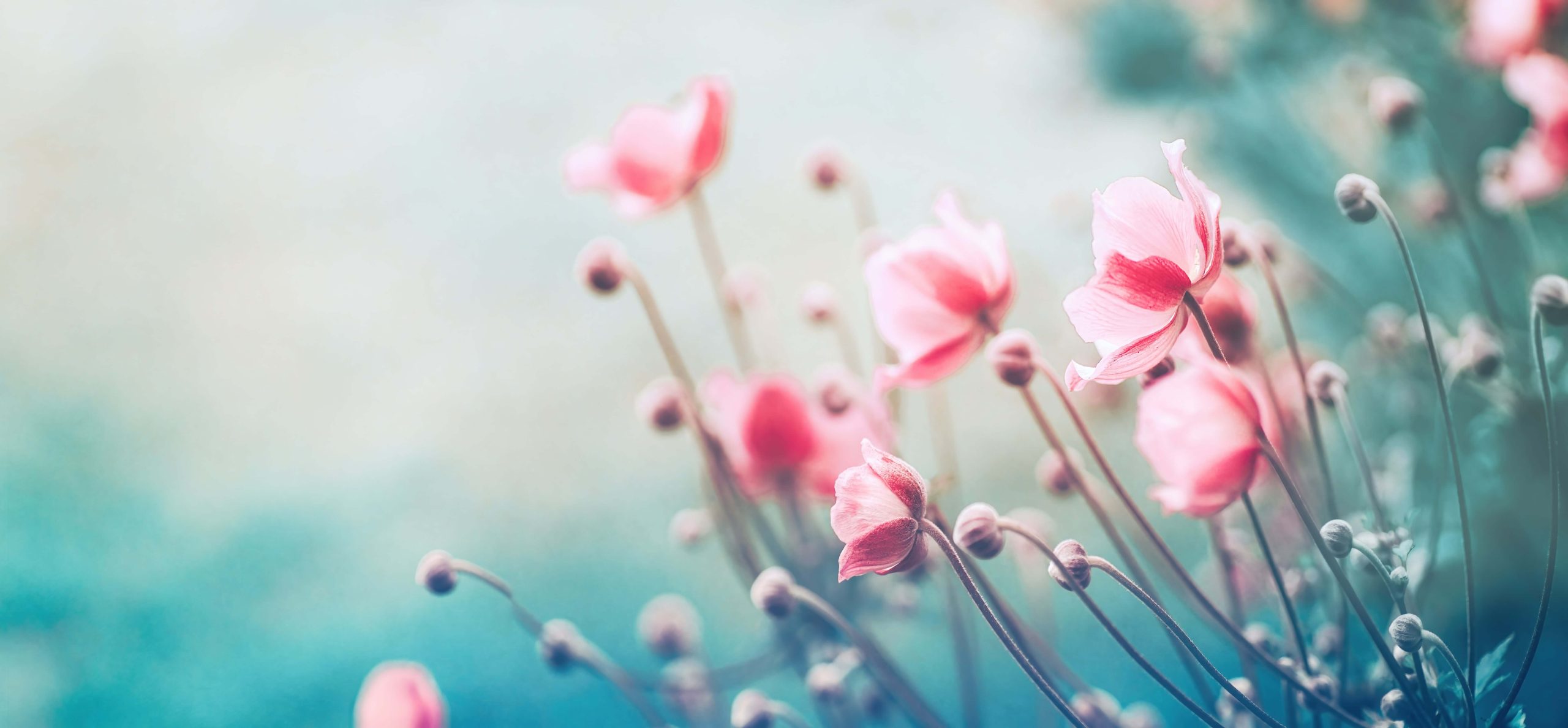Seasonal Symbolism: Meaning of Flowers throughout the Seasons

Flowers, with their natural beauty and symbolism, are deeply connected to the cycles of the seasons, representing the changing moods and transitions of nature throughout the year. Each season brings its own unique blooms, and with them, distinct meanings and cultural associations. In spring, flowers symbolize renewal and hope, while summer’s blossoms speak of passion and abundance. Autumn flowers reflect themes of maturity and reflection, and winter’s resilient blooms embody endurance and the promise of new beginnings. By following the rhythm of the seasons, flowers offer a visual and emotional connection to the cycles of life, growth, and change.
Spring Flowers
Spring is a season of rebirth, renewal, and growth, with flowers symbolizing fresh starts, hope, and the joy of life.
- Daffodil. One of the first flowers to bloom in spring, daffodils symbolize new beginnings, hope, and renewal. They are often associated with the arrival of spring and the end of winter’s cold.
- Tulip. Tulips bloom in early spring, symbolizing love, happiness, and rebirth. They are often linked with the idea of perfect love and are a sign of warmth returning.
- Cherry blossom. In Japan, cherry blossoms represent the fleeting nature of life and the beauty of momentary existence. The short-lived bloom also symbolizes renewal and the arrival of spring.
- Hyacinth. With its fragrant clusters of blossoms, the hyacinth symbolizes joy, rebirth, and peace, often associated with renewal in the natural world.
Summer Flowers
Summer brings warmth, growth, and vibrancy, and the flowers of this season are associated with abundance, celebration, and passion.
- Sunflower. Symbolizing adoration, loyalty, and warmth, sunflowers are emblematic of summer. Their vibrant yellow petals resemble the sun, making them a symbol of positivity and energy.
- Rose. Roses bloom throughout the summer and represent love, passion, and beauty. Different colored roses convey varying meanings, from deep love with red roses to friendship with yellow ones.
- Lavender. Known for its calming scent, lavender blooms in summer and symbolizes peace, serenity, and devotion. Its soothing properties make it a symbol of relaxation.
- Daisy. Daisies represent innocence, purity, and true love. Their simple beauty makes them a common symbol of summer’s carefree spirit.
Autumn Flowers
Autumn is a time of harvest and transition, with flowers symbolizing maturity, abundance, and reflection.
- Chrysanthemum. In many cultures, chrysanthemums symbolize longevity, loyalty, and joy. In Asia, they are associated with autumn festivals and the beauty of the season. In some European traditions, they are linked with remembrance and mourning.
- Marigold. Marigolds symbolize passion, creativity, and the warmth of the sun. In Mexico, they are significant during Día de los Muertos (Day of the Dead), where they guide the spirits of the deceased back to the world of the living.
- Aster. Blooming in late summer and early fall, asters symbolize wisdom, patience, and elegance. They are often seen as a symbol of love and faith, aligning with the reflective nature of autumn.
- Goldenrod. Goldenrod represents encouragement and good fortune. Its rich yellow color makes it a symbol of optimism during the transition into the cooler months.
Winter Flowers
Winter flowers, often hardy and resilient, symbolize endurance, hope, and the promise of life even in the coldest season.
- Poinsettia. Often associated with Christmas, poinsettias symbolize joy, success, and good cheer. Their bright red leaves make them a symbol of celebration and warmth during the winter holidays.
- Holly. With its evergreen leaves and bright red berries, holly is a traditional symbol of protection and good luck during the winter months, particularly around Christmas.
- Amaryllis. Amaryllis flowers symbolize pride, beauty, and determination. Their bold, striking blooms during the winter months make them a symbol of inner strength and confidence.
- Camellia. In winter, camellias symbolize admiration, perfection, and longevity. In many Asian cultures, they represent eternal love and devotion, blooming even in the cold.
Flowers through every season reflect the natural world’s cycles and human emotions associated with those periods. From the hopeful rebirth of spring to the endurance of winter, they offer timeless symbols that celebrate life’s transitions, joys, and sorrows throughout the year.
